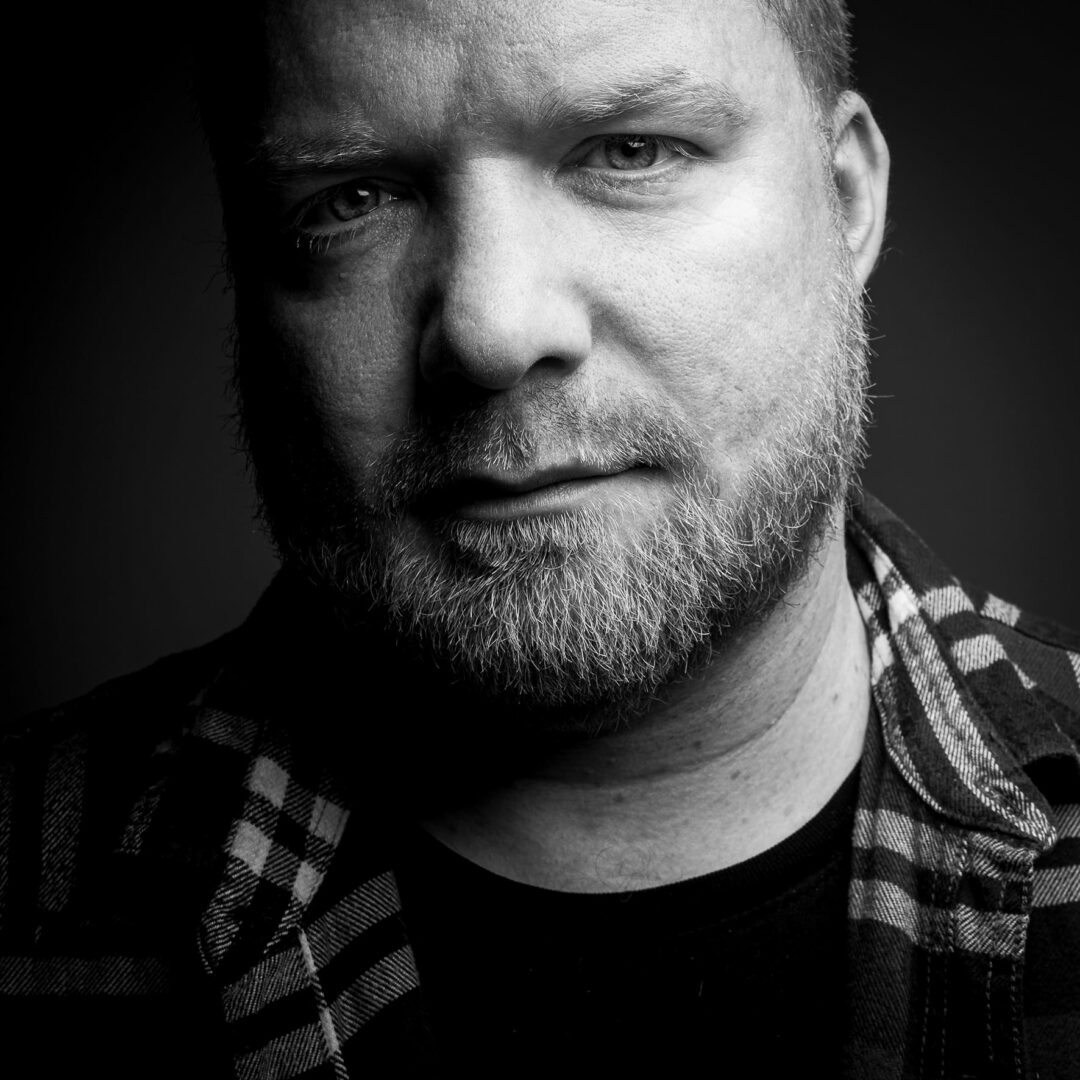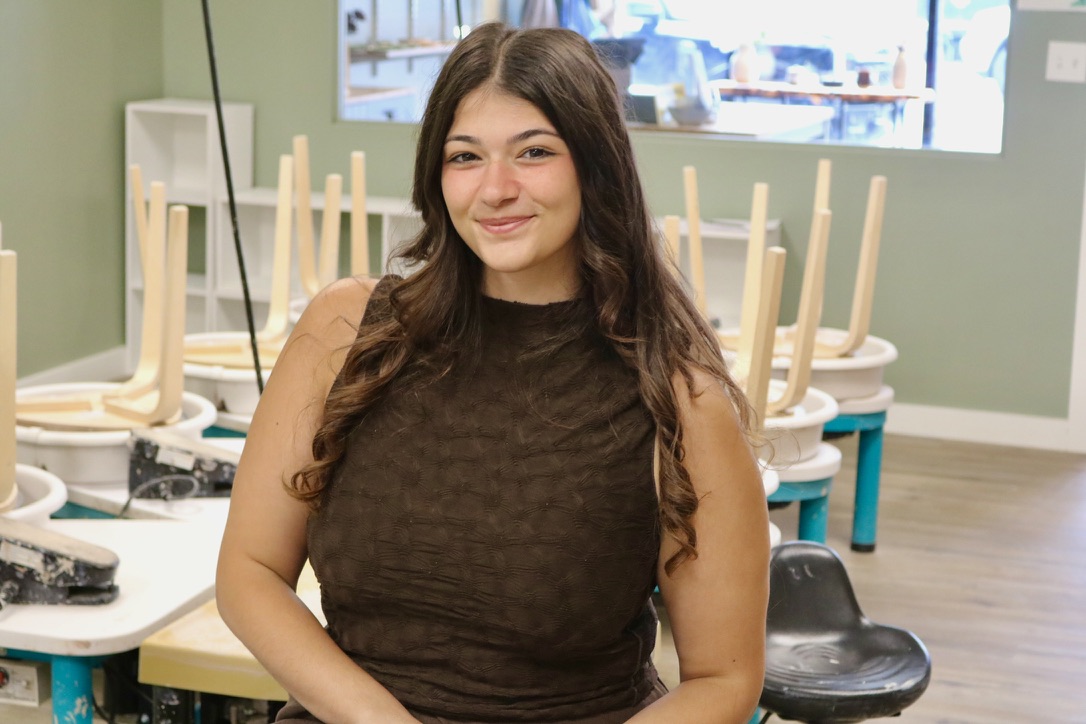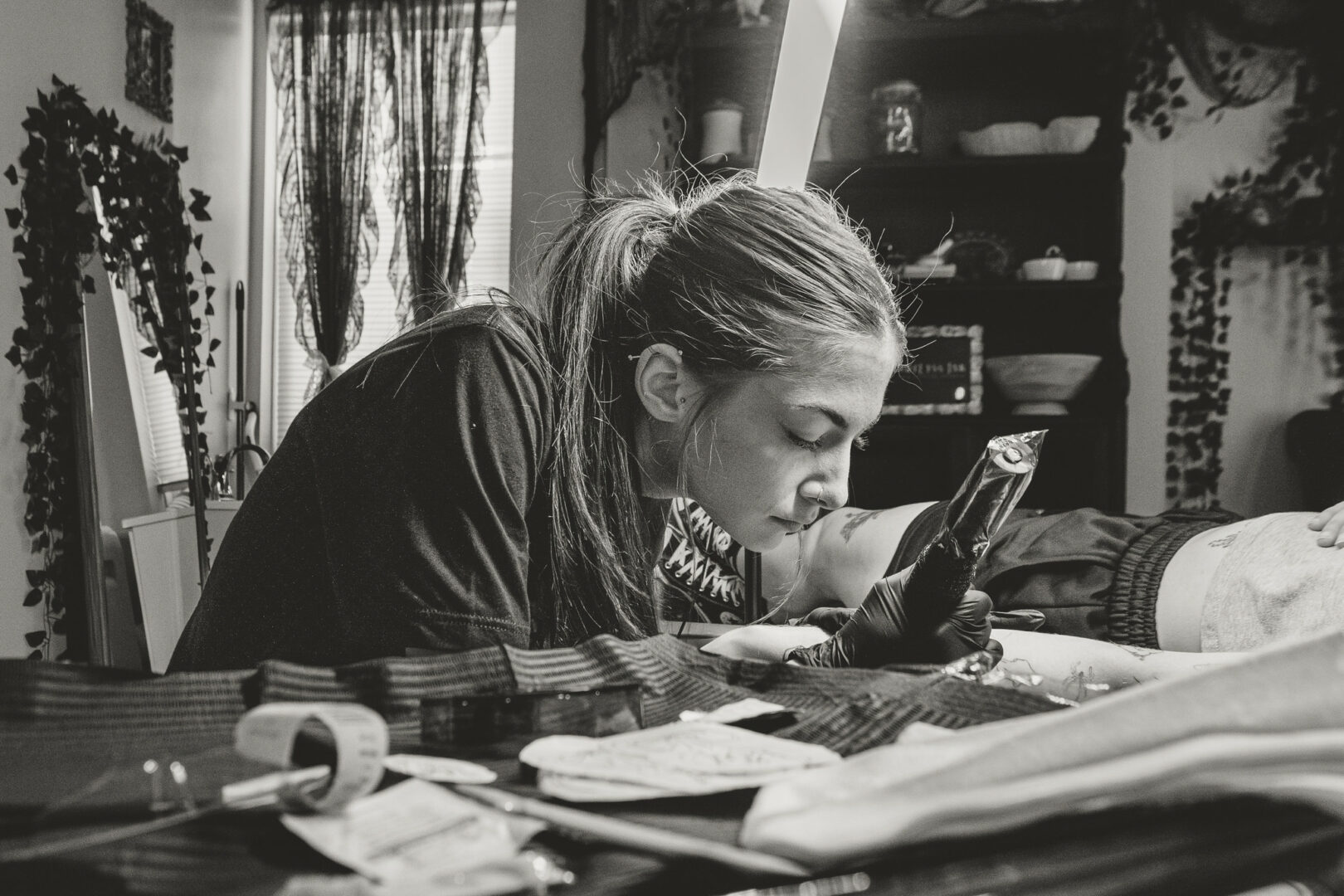We caught up with the brilliant and insightful Tanya Beyer a few weeks ago and have shared our conversation below.
Hi Tanya, appreciate you sitting with us today to share your wisdom with our readers. So, let’s start with resilience – where do you get your resilience from?
Taking the long view of change in general and our rapidly changing natural environment persuades me that, since I have no greater personal ambition than the ambitions of a creative artist, I should continue making my drawings and paintings. It is possible that my choice of art media combined with my yearning to document and ennoble our heritage of wild plants, birds, and animal life will ultimately bring my art some enhanced value and provoke public interest in the whole body of my work, completed and yet to come.
Appreciate the insights and wisdom. Before we dig deeper and ask you about the skills that matter and more, maybe you can tell our readers about yourself?
I have a long-running, partially self-supporting career drawing and painting the wild plant community, many birds, mammals and some cold-blooded animals–fish or reptiles in the area in live in and travel–in a blend of watercolor, gouache, pastel and colored pencil. All these artworks derive from some encounter I’ve had in nature, whereupon I draw the subject in a pose close to how I remember I first saw it. I work on location with the plant or in the natural setting, using photos of my own where possible or an assortment of publicly available photos for clues to the species’ coloration and anatomy, while always repositioning my plant or animal subject away from its pose in any photo. The act of portrayal re-awakens my own awe at the time of the encounter, and, I hope, conveys that same feeling to viewers of my finished artwork.
Looking back, what do you think were the three qualities, skills, or areas of knowledge that were most impactful in your journey? What advice do you have for folks who are early in their journey in terms of how they can best develop or improve on these?
1. My childhood acquaintance with wild plants that delighted me on lands near where I lived, where I was able to walk outdoors and see more plants, trees, wild herbs, birds and skies and familiarize myself so I could teach myself ways to truthfully and dramatically to make them appear on paper.
- Lots of reading–natural history guidebooks for children and adults, Audubon magazine, great childhood fiction like Mary O’Hara’s My Friend Flickaand Marjorie Kinnan Rawlings’ The Yearling, that enriched my own visual experience through their word imagery and skillfully-made photos and illustrations. Visually rich literature develops the reader’s visual mind at the same time as one’s linguistic mastery, I really think.
- Brief formal art training, especially two separate watercolor courses, that I took in two separate art institutes, the first at the age of 17 and the second about ten years later. Formal training serves as a basis and direction for self-teaching. Seeking criticism from older, more experienced artists or art dealers periodically also helps the artist improve their own art down the years.
Is there a particular challenge you are currently facing?
Getting my realistic, documentary small mixed-media originals sold. There seems to be little fashion nowadays for realistic nature and wildlife art. Wildlife photography in our times probably sells a lot better. People often pay me lavish, spontaneous compliments to me on first seeing my paintings at art fairs, then buy my cards instead. Price comparisons out around my home area indicate I don’t have excessive prices. In the past year I’ve sold five originals, though lots and lots of my cards. People are buying the cards as inexpensive prints of the original, often, with the intention of framing the card image. And that too makes me happy. I have gone to some lengths to develop, refine and keep current with my website, www.epiphaniesafield.com and to promote the originals several times a week, mainly using Facebook and Instagram business pages that I maintain.
It has been said that people in their young-adult and midlife stages nowadays don’t buy much realistic wildlife and nature art compared with their parents and grandparents during their prime. Those older folks by now are downsizing. So I’m trusting that my own style and gathered skills and adaptation to today’s marketing channels–so many of them online–will eventually give my art a unique recognition, a place in public memory and a connection with what I dearly hope remains the public will: to protect and cherish for all time the life that co-evolved with human beings in nature, which through our industrialized expansion we risk losing.
Contact Info:
- Website: https://www.epiphaniesafield.com/
- Instagram: https://www.instagram.com/tanyabeyer.epiphaniesafield/
- Facebook: https://www.facebook.com/EpiphaniesAfield
- Linkedin: https://www.linkedin.com/in/tanya-beyer-hovi-7502331b/










